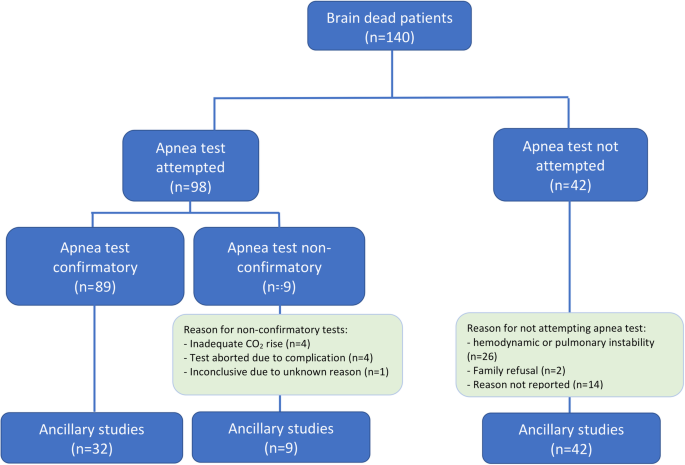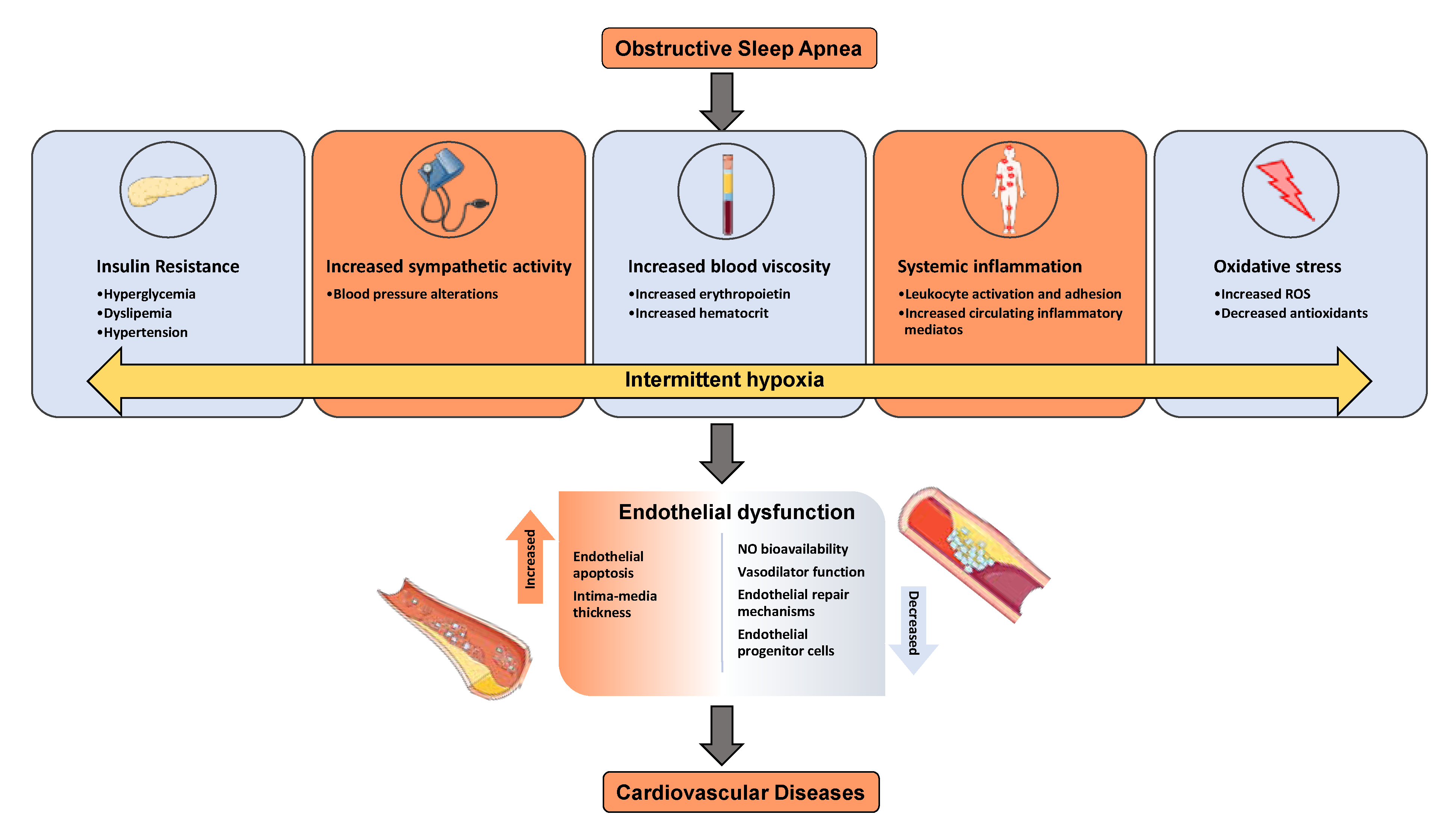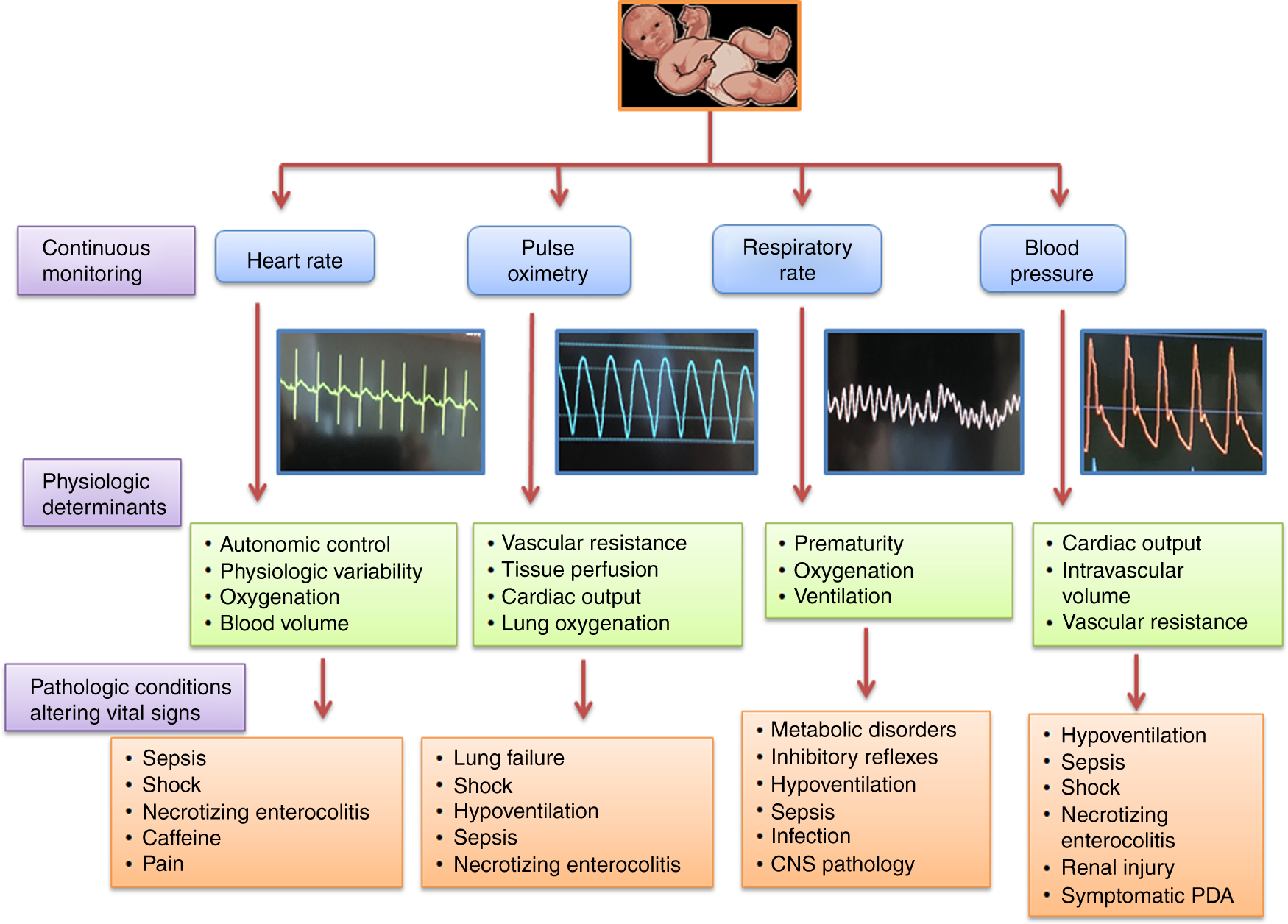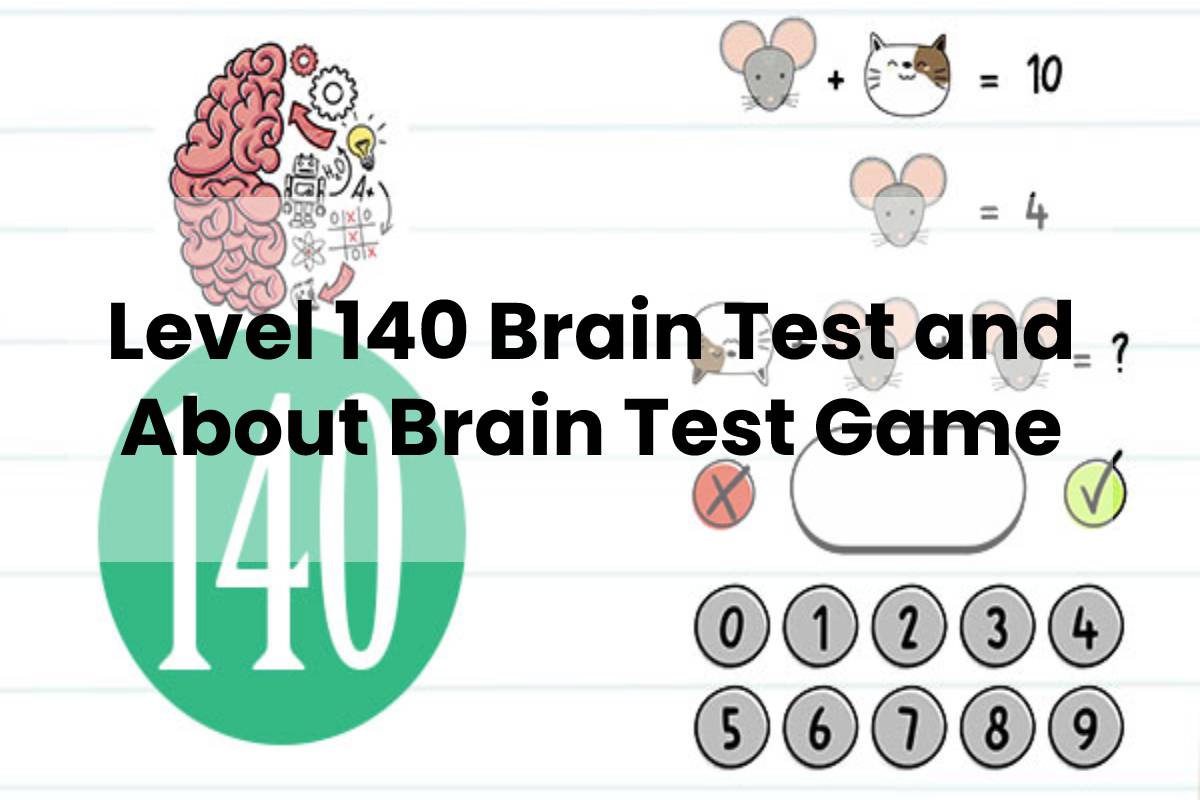The effect of incorporating an arterial pH target during apnea test for brain death determination, Journal of Intensive Care
Por um escritor misterioso
Last updated 11 junho 2024

Background Persistent apnea despite an adequate rise in arterial pressure of CO2 is an essential component of the criteria for brain death (BD) determination. Current guidelines vary regarding the utility of arterial pH changes during the apnea test (AT). We aimed to study the effect of incorporating an arterial pH target < 7.30 during the AT (in addition to the existing PaCO2 threshold) on brain death declarations. Methods We performed retrospective analysis of consecutive adult patients who were diagnosed with BD and underwent AT at the Cleveland Clinic over the last 10 years. Data regarding baseline and post-AT blood gas analyses were collected and analyzed. Results Ninety-eight patients underwent AT in the study period, which was positive in 89 (91%) and inconclusive in 9 (9%) patients. The mean age was 50 years old (standard deviation [SD] 16) and 54 (55%) were female. The most common etiology BD was hypoxic ischemic brain injury (HIBI) due to cardiac arrest (42%). Compared to those with positive AT, patients with inconclusive AT had a higher post-AT pH (7.24 vs 7.17, p = 0.01), lower PaO2 (47 vs 145, p < 0.01), and a lower PaCO2 (55 vs 73, p = 0.01). Among patients with a positive AT using PaCO2 threshold alone, the frequency of patients with post-AT pH < 7.30 was 95% (83/87). Conclusion Implementing a BD criteria requiring both arterial pH and PaCO2 thresholds reduced the total number of positive ATs; these inconclusive cases would have required longer duration of AT to reach both targets, repeated ATs, or ancillary studies to confirm BD. The impact of this on the overall number BD declarations requires further research.

2022 AHA/ACC/HFSA Guideline for the Management of Heart Failure: A

Critical care — Blog — NUEM Blog

IJMS, Free Full-Text

Continuous vital sign analysis for predicting and preventing

Challenges to Brain Death in Revising the Uniform Determination of

Volume 16 Issue 7 by Western Journal of Emergency Medicine - Issuu

Postconditioning effects following sevoflurane inhalational

Effect of hyperbaric oxygen on cerebral oxygen saturation in

PDF) South African guidelines on the determination of death

PDF) The effect of incorporating an arterial pH target during
Recomendado para você
-
 Brain Test: Tricky Puzzles 🧠 Puzzle game level 140 Solution11 junho 2024
Brain Test: Tricky Puzzles 🧠 Puzzle game level 140 Solution11 junho 2024 -
140 brain test|Pesquisa do TikTok11 junho 2024
-
 TEST MÓZGU POZIOM 140 ODPOWIEDZI TEST MÓZGOWY CHŁOPIĘCE ŁAMIGŁÓWKI W POLSCE11 junho 2024
TEST MÓZGU POZIOM 140 ODPOWIEDZI TEST MÓZGOWY CHŁOPIĘCE ŁAMIGŁÓWKI W POLSCE11 junho 2024 -
 BRAİN TEST 4 - 140. BÖLÜM11 junho 2024
BRAİN TEST 4 - 140. BÖLÜM11 junho 2024 -
 Level 140 Brain Test and About Brain Test Game - 202211 junho 2024
Level 140 Brain Test and About Brain Test Game - 202211 junho 2024 -
 Brain Test Seviye 140 Bu Sporcuya Yardım Et Lütfen Cevapları11 junho 2024
Brain Test Seviye 140 Bu Sporcuya Yardım Et Lütfen Cevapları11 junho 2024 -
 Math quiz - IQ test: Maths Master Brain test games by Vimal Sakariya11 junho 2024
Math quiz - IQ test: Maths Master Brain test games by Vimal Sakariya11 junho 2024 -
 which of the following is the most reasonable estimate for the number of calories in one serving of milk?11 junho 2024
which of the following is the most reasonable estimate for the number of calories in one serving of milk?11 junho 2024 -
![ANSWERED] A study examined brain size measured as pixels coun - Calculus - Kunduz](https://media.kunduz.com/media/sug-question-candidate/20231023015757392127-4896118.jpg) ANSWERED] A study examined brain size measured as pixels coun - Calculus - Kunduz11 junho 2024
ANSWERED] A study examined brain size measured as pixels coun - Calculus - Kunduz11 junho 2024 -
 how to pass lvl140 on brain test|TikTok Search11 junho 2024
how to pass lvl140 on brain test|TikTok Search11 junho 2024
você pode gostar
-
 TOP 5 MELHORES SITES DE JOGOS NO NAVEGADOR11 junho 2024
TOP 5 MELHORES SITES DE JOGOS NO NAVEGADOR11 junho 2024 -
Big Dot of Happiness Drink If New Year's Eve - Gold - New Years Eve Party Game - Set of 2411 junho 2024
-
 Urdu Translation Archives - Blog11 junho 2024
Urdu Translation Archives - Blog11 junho 2024 -
Shop Ultra Tokyo Connection11 junho 2024
-
 Governo abre inscrições para curso online sobre o SEI!MA11 junho 2024
Governo abre inscrições para curso online sobre o SEI!MA11 junho 2024 -
 Halo Sets Global Viewership Record at Paramount+11 junho 2024
Halo Sets Global Viewership Record at Paramount+11 junho 2024 -
 Screenshot of an anime character from clannad air kanon, 1080p11 junho 2024
Screenshot of an anime character from clannad air kanon, 1080p11 junho 2024 -
 Can Hu Tao and Venti play together? Hu Tao combo & team comp discussion - Genshin impact11 junho 2024
Can Hu Tao and Venti play together? Hu Tao combo & team comp discussion - Genshin impact11 junho 2024 -
 PIANO ONLINE: 5 SITES PARA TOCAR - Teclado e Música11 junho 2024
PIANO ONLINE: 5 SITES PARA TOCAR - Teclado e Música11 junho 2024 -
 Explore quadros, descubra novos mundos e mate saudades do clássico Super Mario 64 (N64) - Nintendo Blast11 junho 2024
Explore quadros, descubra novos mundos e mate saudades do clássico Super Mario 64 (N64) - Nintendo Blast11 junho 2024


